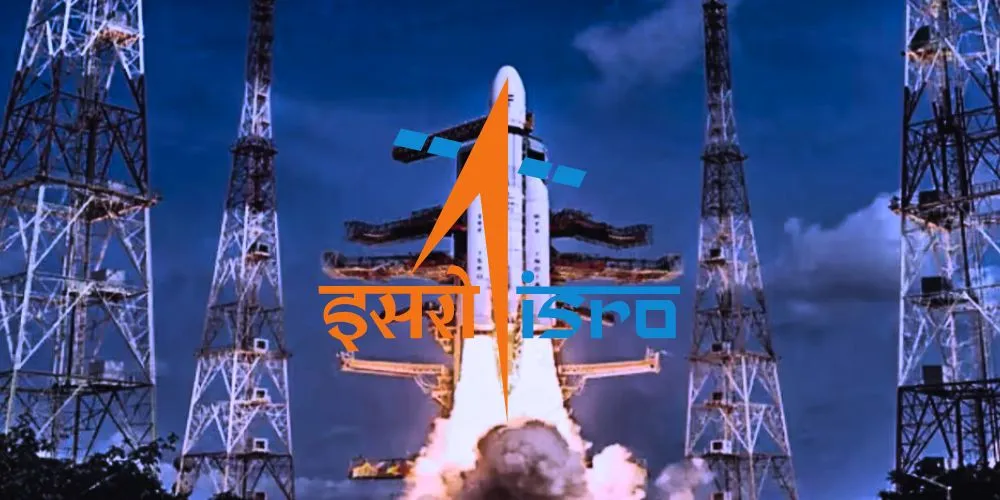Key Points
- India approved a $2.7 billion space budget, the highest allocation yet for ambitious new projects, including lunar and Venus missions.
- ISRO’s Mars and lunar missions cost less than comparable missions by NASA and Russia.
- Restricted technology transfer led to in-house innovation, and ISRO skips engineering models, minimizing costs but assuming higher risks.
- India plans a manned Moon mission by 2040. It is expected to drive innovation but may also increase costs as private companies enter the sector.
India has approved a historic 227 billion rupees ($2.7 billion) for an ambitious set of space missions, including a lunar mission phase, a Venus orbiter, the first step toward an independent space station, and the development of a powerful reusable rocket. This funding marks India’s largest investment in its space program, underscoring the continued cost-effectiveness and ingenuity of the Indian Space Research Organisation (ISRO).
ISRO has gained a global reputation for achieving complex space missions on a limited budget. For instance, its Mars Orbiter Mission (Mangalyaan) cost $74 million, while the Chandrayaan-3 mission cost $75 million. In contrast, NASA’s MAVEN Mars orbiter cost $582 million, and Russia’s recent Luna-25 moon mission cost $133 million. This affordability has allowed India to make significant scientific contributions despite working within a fraction of the budgets allocated by other space agencies.
India’s frugal approach to space can be traced back to the 1960s when ISRO founder Dr. Vikram Sarabhai emphasized the practical value of space technology for national development. Under his vision, ISRO focused on indigenous technology and streamlined manufacturing. Today, ISRO’s annual budget is still modest at around $1.55 billion compared to NASA’s $25 billion.
One significant factor behind ISRO’s low-cost operations is its reliance on homegrown technology, a strategy further cemented after 1974 when technology transfer embargoes encouraged Indian scientists to innovate domestically. Unlike NASA, which outsources and insures its projects, ISRO manufactures and launches a single operational model without an engineering prototype, reducing costs while taking on greater risk. Smaller teams, extended work hours, and low labor costs also help keep expenses down.
Chiefs of ISRO’s early lunar and Mars missions cite efficient teamwork and resourcefulness as critical to their success. For example, Chandrayaan-1 was modified to reduce weight without additional expense by cutting hardware like thrusters and batteries, a decision that pushed scientists to work toward strict deadlines.
However, as India expands its space ambitions, costs may rise. Future missions like a manned moon mission planned for 2040 will require a powerful Next Generation Launch Vehicle (NGLV), expected by 2032. Opening India’s space sector to private players may shift the financial landscape, though ISRO’s innovation-first mindset will likely remain central.












